integumentary system
1/25
There's no tags or description
Looks like no tags are added yet.
Name | Mastery | Learn | Test | Matching | Spaced |
|---|
No study sessions yet.
26 Terms
Epidermis
Top layer
Dermis
Mid layer
papillary layer
of the dermis that contains blood vessels and sensory receptors.
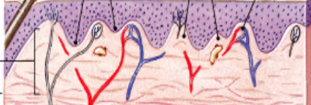
reticular layer
of the dermis that provides strength and elasticity to the skin, containing dense connective tissue.

Hypodermis
Bottom layer
Hair shaft
The part of the hair that extends above the skin's surface, made of keratinized cells.
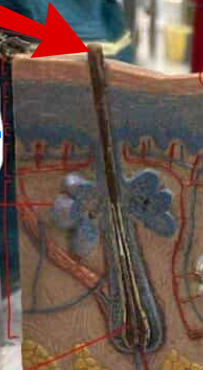
stratum corneum
the outermost layer of the epidermis, consisting of dead keratinized cells that protect underlying layers.
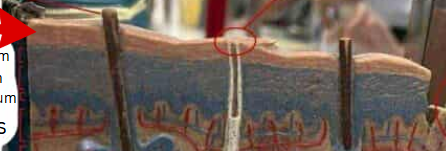
stratum garnulosum
A layer of the epidermis that provides the skin with strength and water resistance, located between the stratum lucidum and the stratum spinosum.

stratum spinosum
The layer of the epidermis just above the stratum basale, responsible for providing strength and flexibility to the skin through the presence of keratinocytes and desmosomes.

stratum germinativum
the deepest layer of the epidermis where new skin cells are produced, also known as the basal layer.
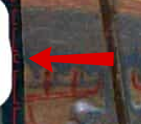
sebaceous gland
A type of exocrine gland in the skin that produces sebum, an oily substance that helps to lubricate and waterproof the skin and hair.
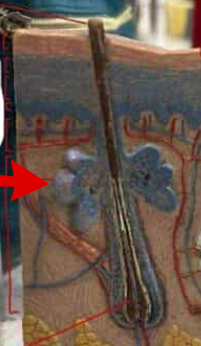
hair follicle
A small organ in the skin that produces hair, containing a base that extends into the dermis and is associated with sebaceous glands.
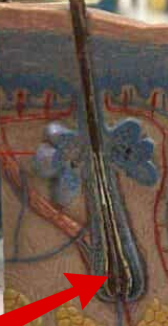
subcutaneous/ADIPOSE layer
the layer of tissue beneath the skin that contains fat and connective tissue, providing insulation and cushioning for the body.
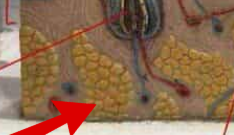
arrector pili muscle
A small muscle connected to hair follicles that causes hair to stand upright when contracted, often in response to cold or fear.
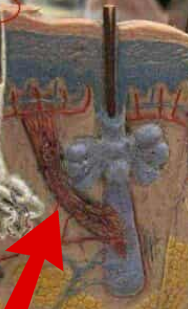
cutaneous plexus
a network of blood vessels located in the dermis that supplies blood to the skin and helps regulate temperature.

Lamellar Corpuscle
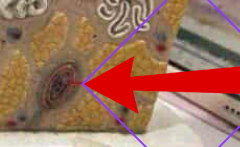
free nerve
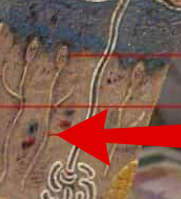
meissner corpuscle
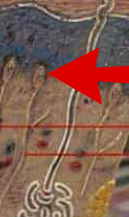
stratum lucidum
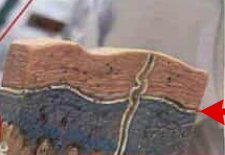
dermal papillae

sweat pore
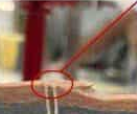
DUCT

three parts of hair
MEDULA CORTEX CUTICLE
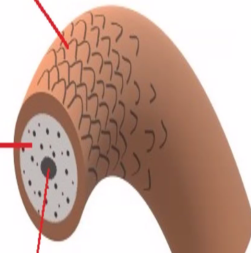
hair bulb

Epidermal ridges

papillary plexus
